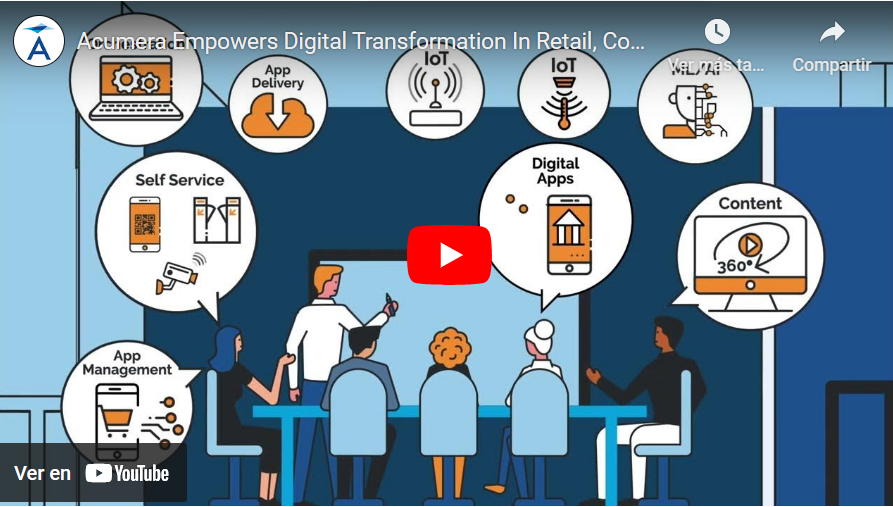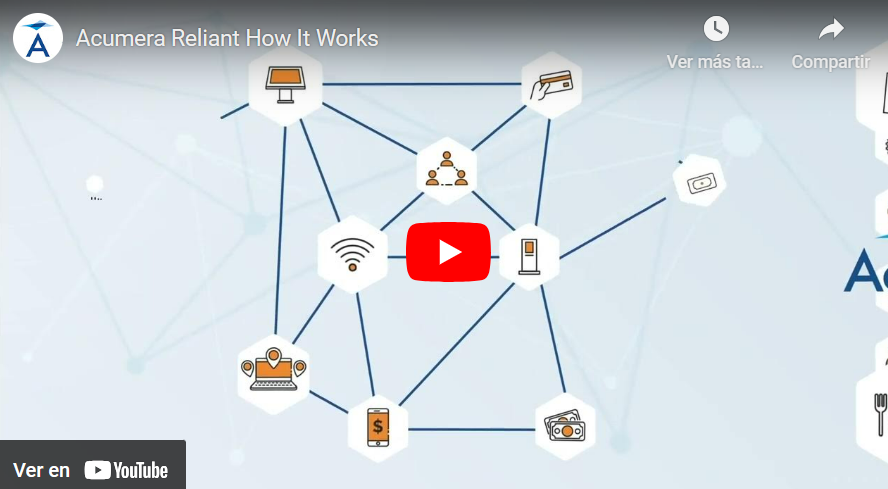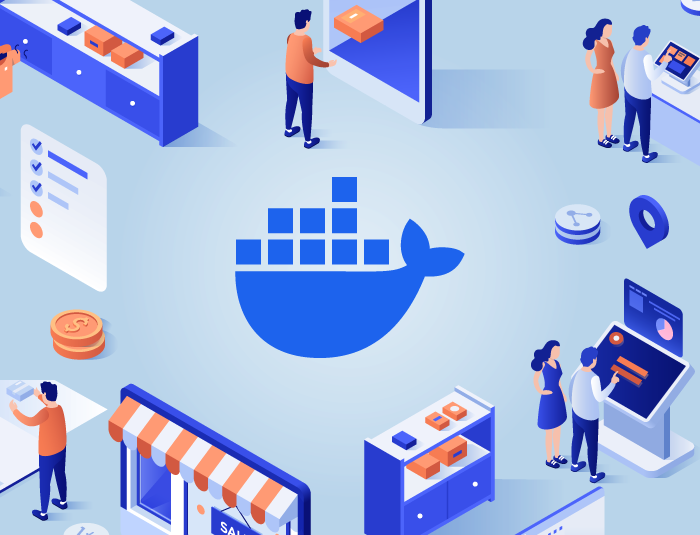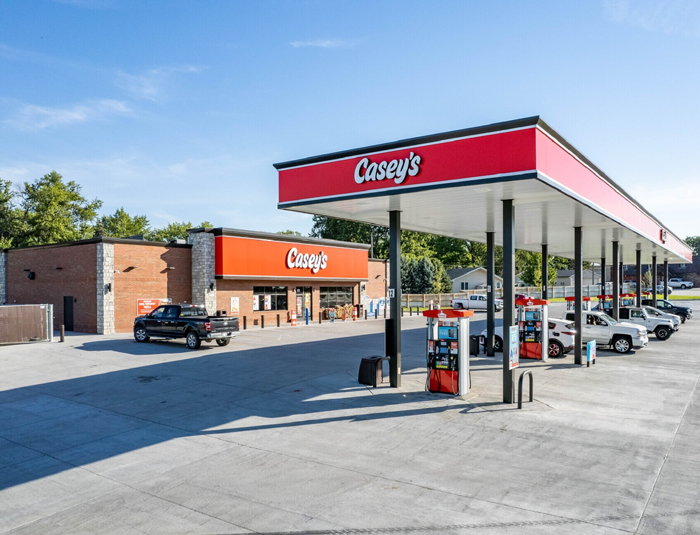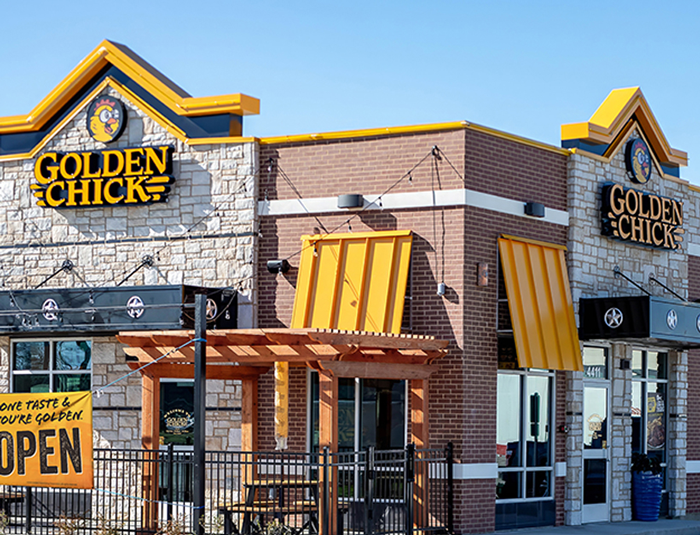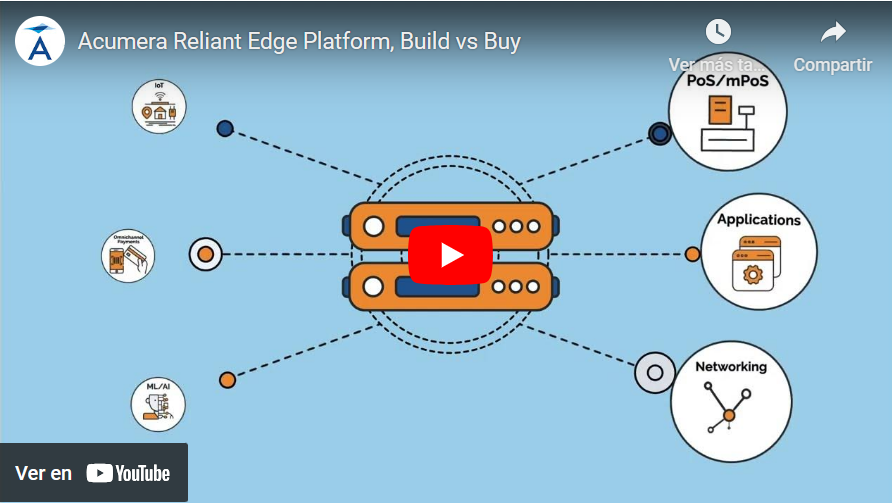
Innovation in hospitality technology is at an inflection point. The IT footprint inside restaurants is exponentially increasing and innovation is required to deliver guest expectations. Today’s guests want the option to use self-service kiosks, contactless payment and mobile point-of-sale (POS) systems. To further streamline operations, modern kitchen display systems (KDS) are increasingly deployed in the back of the house.
To support this expanding tech stack of both traditional systems such as POS, back of house (BOH) and KDS, plus new guest-facing technologies, IoT and digital content requirements, brands have a unique opportunity to deploy these initiatives as part of a strategic, turnkey and highly scalable edge computing strategy.
This approach has many IT organizations strategizing on the supporting infrastructure to manage the delivery of multiple systems, applications and data. Many brands operate on traditional legacy systems and applications that were never designed to operate at scale. Many are also moving to a “cloud-only” approach but find themselves increasingly dissatisfied with the inability of these systems to provide offline processing due to latency that can result from processing in the cloud.
Point of sale (POS), back of house (BOH), kitchen display systems (KDS) and payment processing represent critical business operations that must be available, predictable and consistent – everywhere, all the time. This is where edge computing, which can locally host entire systems, applications and data at the point of engagement, closest to the customer has become the foundation for an optimized and highly available application architecture.
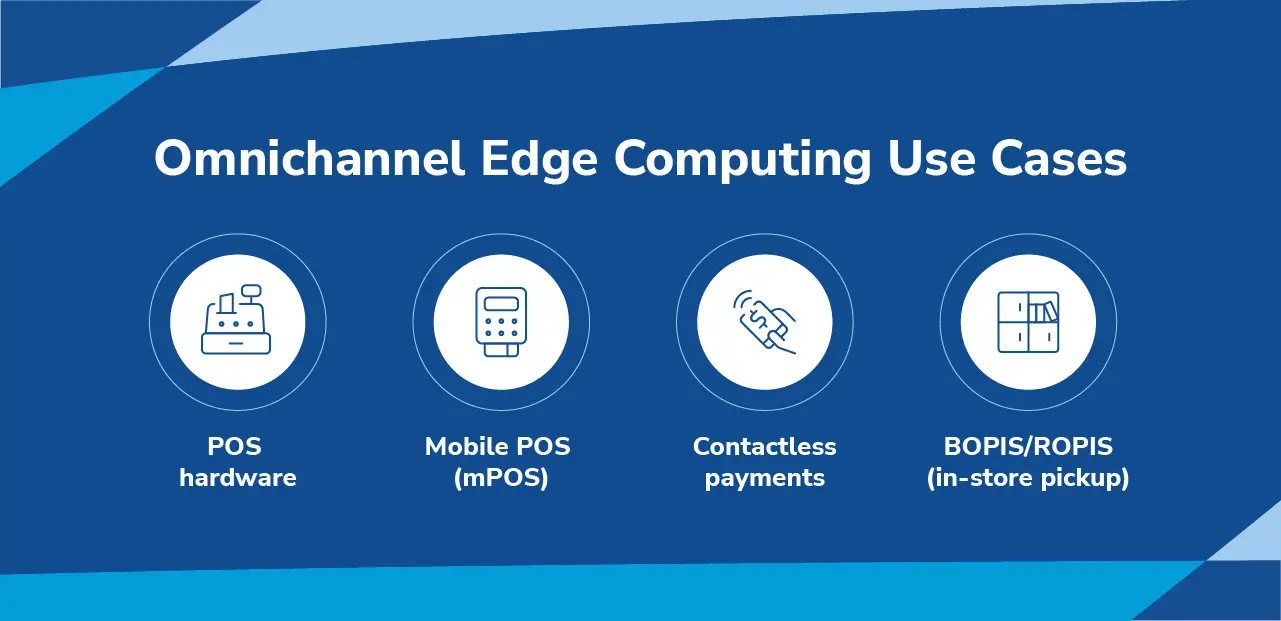
Edge computing is growing steadily and continuing to expand. In fact, the global market for edge computing is predicted to reach $50.5 billion by 2030, according to research from Global Industry Analysts.
Centralizing control with edge computing
While many quick service restaurants brands (QSRs) operate thousands of stores, they typically operate in bespoke environments where legacy hardware and other components from various vendors are usually pieced together. In “The Edge Outlook” report from Intel, 76% of respondents cited that identifying the ideal location for data analysis was challenging forward progress.
This type of legacy environment is an optimal use case for edge computing, which provides centralized management for even the most disjointed of tech stacks. Through a combination of virtualization, containerization and localized data delivery leveraging Docker containers and microservices delivered and managed centrally in real-time via APIs, QSRs can deliver the next-gen stack and guarantee that each location has the correct system, application and network configuration across all sites.
Next-generation kitchens and restaurant systems rely on smart, connected devices like ovens, refrigerators, and sensors. Each device may come from a different vendor and require its own setup, security, and monitoring. Edge computing simplifies this by handling the complexity behind the scenes—so you don’t have to build a separate system for every device type. Instead, it gives you one flexible, scalable platform to manage all your connected equipment in one place.
Expanding the lifespan of legacy systems
Point of sale is one of the most popular applications to leverage an edge computing application strategy. Many POS applications and supporting hardware won’t be able to support the next up-to-date (Win 11.X) versions of the Windows operating systems (OS). POS hardware purchased even five years ago may not be able to accept the next Win 11.X version based on Microsoft specific chipset and security features. A cost-effective strategy to extend the lifespan and reusability of an existing POS hardware population can be to transfer the POS application architecture to an edge architecture.
While rip-and-replace can sound like the best solution, it’s far too costly, complex, intrusive and time intensive for today’s IT teams. Instead, consider repurposing this hardware by turning it into a thin client and running applications on the edge server. This enables modern application architecture with high availability, system backup and recovery capabilities while extending the lifespan of the original hardware.
Integrating connected kitchens with edge computing
QSR operators need a way to securely manage connected ovens, refrigerators, KDS—all the new connected back-of-house technologies. Edge computing provides a hub for these operations. It can serve as a launching pad for security updates, feature updates, rollbacks and data backups.
By powering robotics for repeatable manual kitchen functions like heavy lifting, food fryers and cooking operations, integrated edge solutions allow hospitality brands to refocus employee time and energy on more important tasks such as servicing the guest and prioritizing their needs.
Managing uptime and availability with edge computing
A widely and generally accepted requirement for every hospitality brand is that guest-facing systems be available with no downtime. Cloud-based application providers offer both front-of-house POS and back-of-house KDS, but with unpredictable bandwidth, latency and the need for a persistent networking connection. This can be a challenge for restaurants that require a frictionless, omnichannel experience for guests.
The decision isn’t cloud vs edge computing. Edge computing complements a cloud strategy. With edge computing, brands can now leverage the application vendors of their choice in a high-availability configuration. This gives operators the best of both worlds – complete vendor selection coupled with the ability to maintain high availability.
Collecting data and insights for integrated monitoring
To remain competitive, restaurants must be able to manage and monitor the CPU, RAM, standalone kiosks, back-office systems and applications running within each location. Edge computing plays a foundational role in helping restaurants cost-effectively monitor integrated systems. Statistica reports that 33% of organizations cited optimizing and transferring data as a benefit of edge computing.
All of the data being generated within the KDS, POS, kiosks and other in-store systems, is only useful if the restaurant takes the time to study patterns that emerge. What type of drink does customer A order each time she visits a restaurant’s location? Does customer B always take advantage of promotions for a particular burger? The answers to these questions lies within the always-on data generated within the four walls of the restaurant, making it an ideal use case for edge computing.
Getting operational key performance indicators (KPIs) up to cloud or service providers is desirable for logging and analytical purposes, but the exponential growth of data is increasing the cost of bringing it upstream.
Edge computing serves as a data cache for digital content, machine data or anything running inside a physical restaurant. It captures actionable data from operational logs and systems operating on the edge platform, aggregates and preprocesses it at the edge server and points to an IP address to upload to cloud or third-party application loggers.
Seamless divestitures with edge computing
QSRs are largely franchised with thousands of locations. In any given month, a number of franchisees divest of their franchises, often selling their operations to new owners. When this happens, it can affect site numbering, as well as the configurations and metadata inside the divested location.
With in-field migrations enabled by an edge computing platform, like the Acumera Reliant Platform, there’s no need to replace physical hardware. Instead, the identity of the old restaurant is transferred seamlessly to the new restaurant ownership, saving time, effort and money.
THe Acumera Reliant Platform delivers edge computing at scale
Acumera delivers a trusted, turnkey edge computing solution with the Acumera Reliant Platform. As a cloud-, hardware-, and container-agnostic edge solution, the Acumera Reliant Platform provides an easy, single-user web interface, enabling IT restaurant operators to deliver and manage applications and infrastructure at a granular level, all from one place.
As an API-enabled edge solution, the Acumera Reliant Platform delivers a holistic approach to networking, application deployment and systems orchestration through APIs from one centralized edge server at the store level. This allows you to easily automate applications and system management at scale.
The Acumera Reliant Platform can power your technology infrastructure across all of your locations. Download our e-book to learn more.
About Acumera
We make the edge work — every time, everywhere you need it. Solutions from Acumera extend your infrastructure to the edge, enabling real-time computation that delivers measurable business value. Whether you operate 10 locations or 10,000+, the combination of edge computing, networking, security, and 24/7 support provides the flexibility to manage and scale distributed networks while unlocking new opportunities for innovation. As pioneers in edge and leaders in network security, Acumera delivers the immediacy of localized computing with the power of the cloud.
Learn more about how the Acumera Reliant Platform enables you to manage your critical applications, systems and infrastructure with edge computing.


